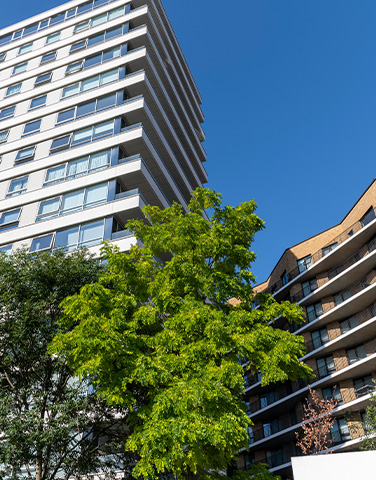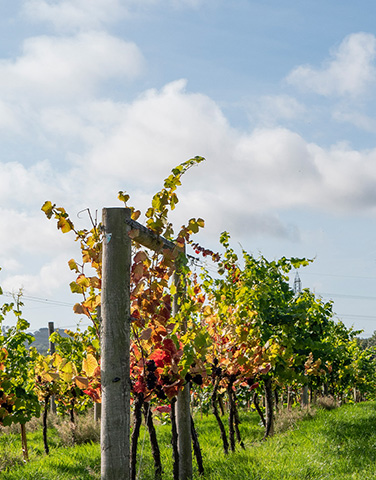
Three appeals concerning the Electronic Communications Code and code rights before the Supreme Court – part 1
Last week, three cases were heard before the Supreme Court, concerning the Electronic Communications Code (“the Code”). The 2017 Code is a set of rights that are designed to facilitate the installation and maintenance of electronic communications networks.
A summary of the three cases and the issues arising is below:
On Tower UK Ltd (formerly known as Arqiva Services Ltd) (Appellant) v AP Wireless II (UK) Ltd (Respondent)
Issue for the Court
What is the meaning and effect of paragraphs 20 and 27 of the Code as set out in Schedule 3A to the Communications Act 2003?
Facts
On Tower, is a provider of infrastructure for network operators and a “code operator”. On Tower was granted a 20 year lease over a site at Queens Oak Farm, Towcester which expired in October 2016. Prior to the expiry of the lease, On Tower had rights under the statutory predecessor to the Electronic Communications Code. After the expiry of the lease, On Tower remained in occupation of the site. The Respondent, AP Wireless acquired the freehold to the site in 2014. In July 2019 , On Tower gave AP Wireless notices seeking orders under paragraphs 20 and 27 of Part 4 of the Code which gives the court power to impose an agreement by which a person confers or is bound by Code rights. A reference was made to the Upper Tribunal (Lands Chamber) in August 2019. The Upper Tribunal struck out the reference finding that On Tower did not have Code rights and the Tribunal did not have jurisdiction to impose an agreement under paragraph 20 of the Code. On Tower appealed to the Supreme Court.
Cornerstone Telecommunications Infrastructure Ltd (Appellant) v Ashloch Ltd and another (Respondents)
Issue for the Court
Does the Upper Tribunal have jurisdiction to confer rights over land in favour of an operator under the Code where that operator has a Landlord and Tenant Act 1954 protected tenancy and is in occupation of the land?
Facts
The First Respondent owns a site called Windsor House. The Appellant has a tenancy on part of the roof of Windsor House for the purposes of providing telecommunications services. The Appellant’s tenancy pre-dates the entry into force of the Code and is protected by the LTA 1954. The Second Respondent has a 99 year lease with the First Respondent over the roof of Windsor House, which is subject to the Appellant’s tenancy. The Appellant asked the Upper Tribunal to impose an agreement under para 20 Part 4 of the Code (a Code agreement) between the Appellant and the Second Respondent. The Second Respondent argued that Part 4 of the Code is not available to the Appellant as the occupier of the site. The Upper Tribunal found it had no jurisdiction to impose a Code agreement where the operator is in occupation of the land under a tenancy protected by the LTA 1954. The Court of Appeal dismissed the Appellant’s appeal.
Cornerstone Telecommunications Infrastructure Ltd (Appellant) v Compton Beauchamp Estates Ltd (Respondent)
Issues for the Court
Does the Upper Tribunal have jurisdiction to confer rights, under the Code, in relation to a particular site, on the Claimant in circumstances where a third party, is currently in occupation of the site?
Facts
The Respondent owns a field. The Appellant is a joint venture formed by Vodafone Ltd and Telefonica UK Ltd to own and manage a combined portfolio of such sites. Vodafone Ltd. own a telecommunications mast on the edge of a field. Vodafone Ltd had a ten year lease to the site. This lease granted Vodafone Ltd the right to install and use the mast. Telefonica UK Ltd also use the mast. Vodafone Ltd.’s lease expired in 2014 and it was served with a notice to quit in 2017. The Code says that an operator of telecommunications equipment may acquire certain rights under the Code by agreement or by order of the Upper Tribunal. The Appellant sought those Code rights from the Respondent. The Upper Tribunal said that, because the Respondent was not in occupation of the land (Vodafone Ltd was) the Upper Tribunal had no jurisdiction to make an order. The Court of Appeal refused the Appellant’s appeal.
Source: Supreme Court website – link Cornerstone Telecommunications Infrastructure Ltd (Appellant) v Ashloch Ltd and another (Respondents) – The Supreme Court)
Judgment is awaited – watch out for part 2 where we will update you on the outcome and the implications of the judgments.
Talk to us about
Related services
Related sectors
















